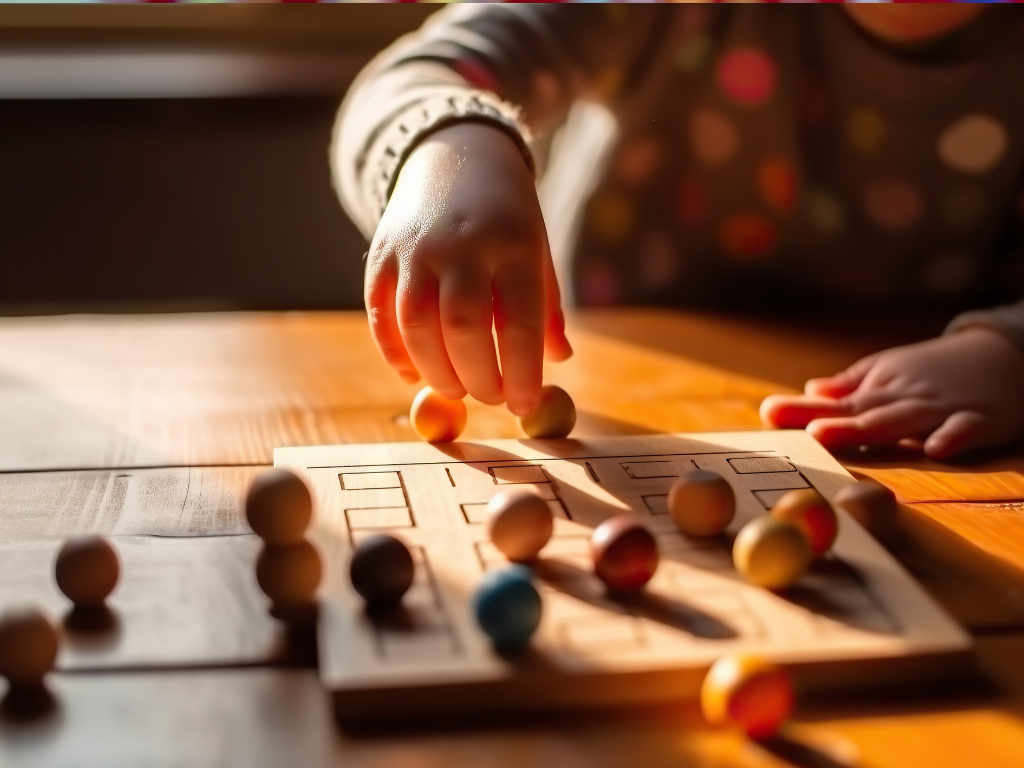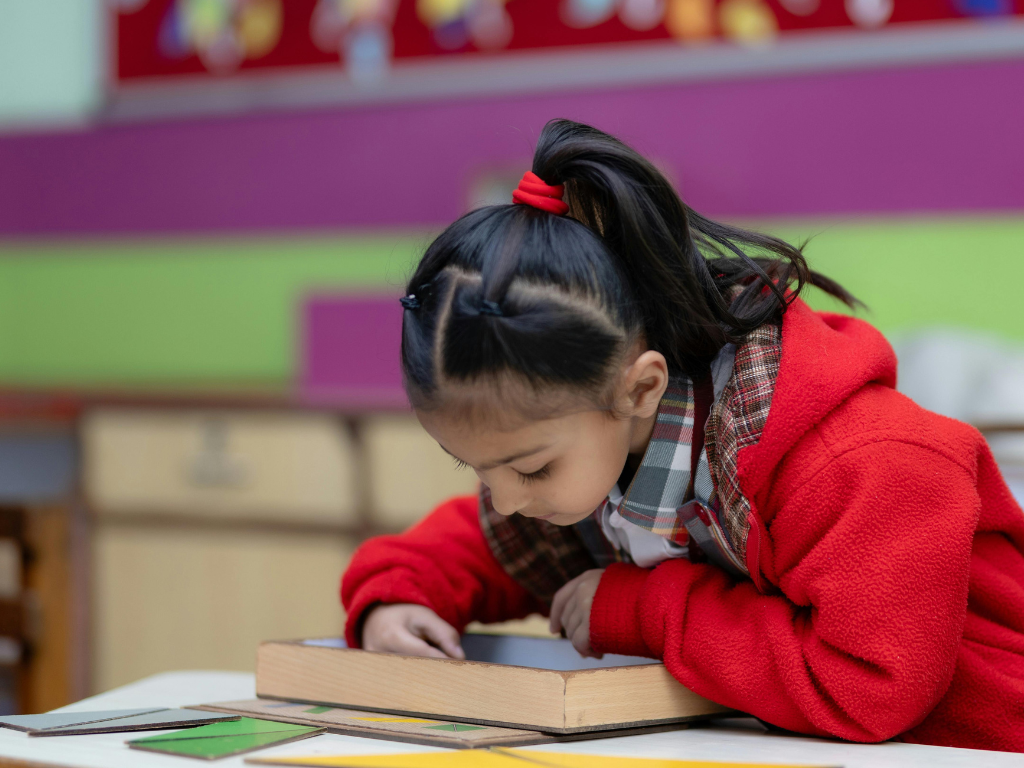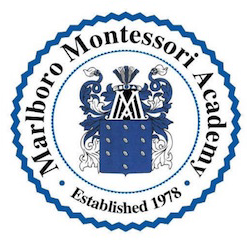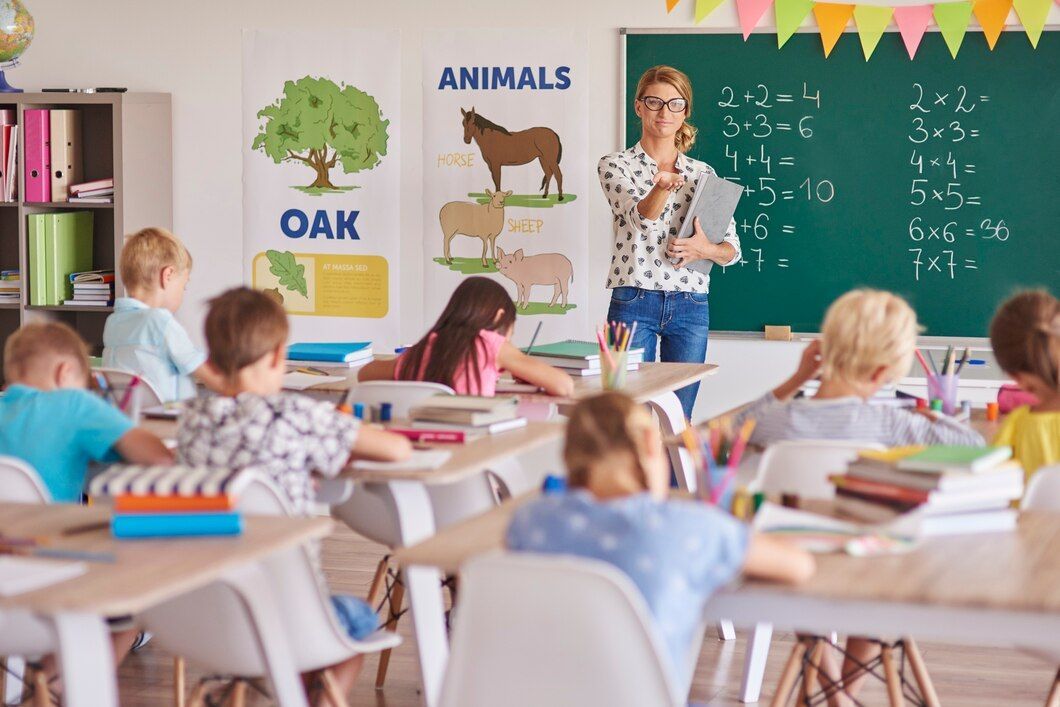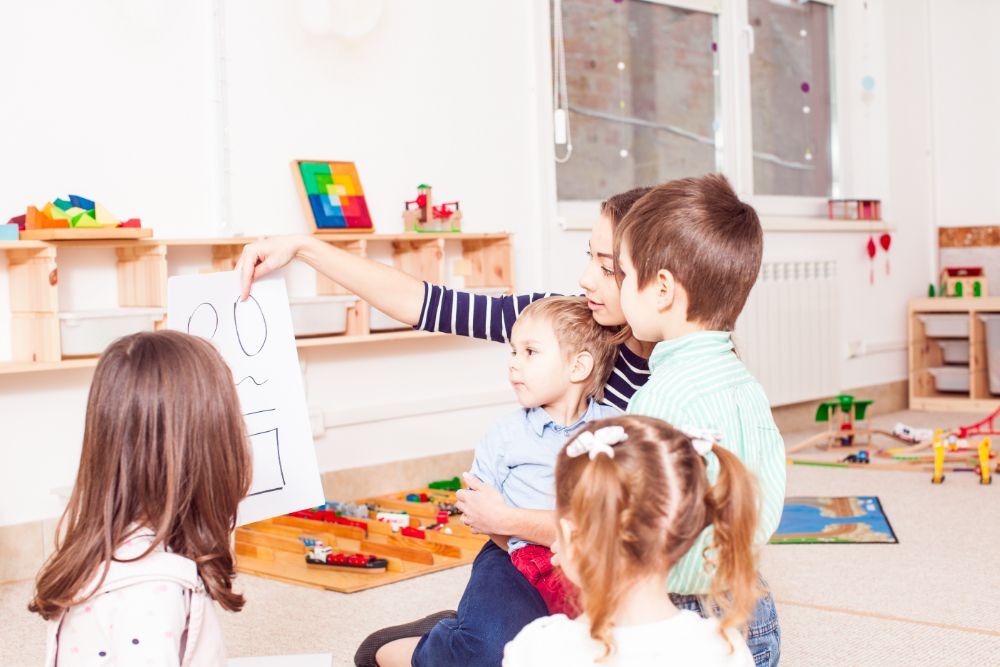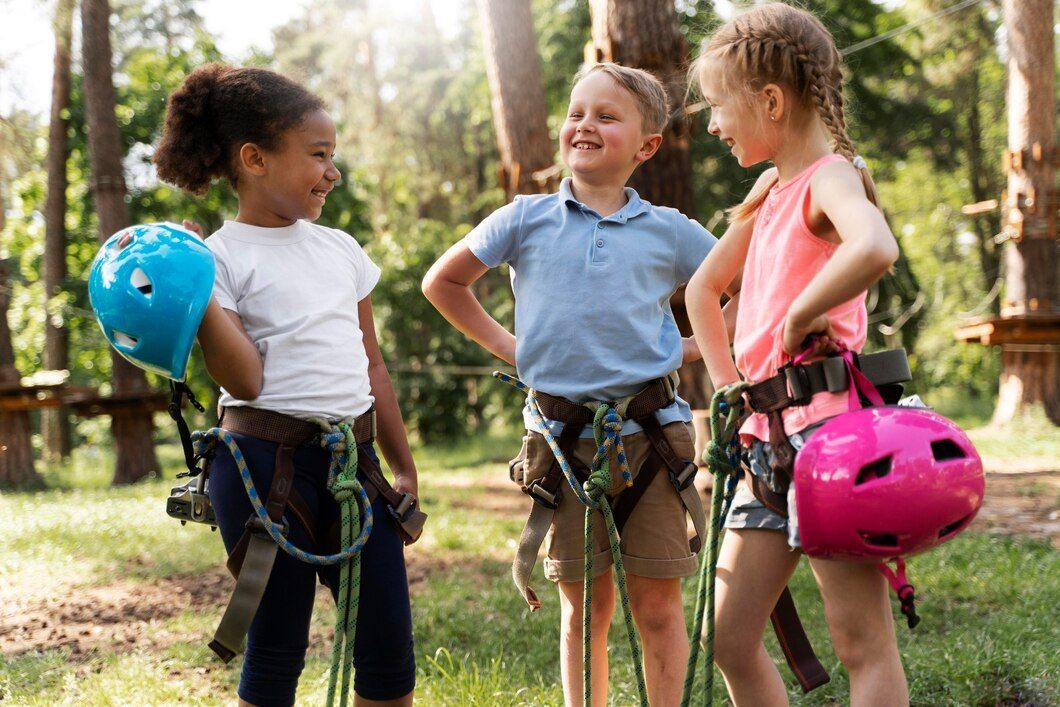The Power of Mixed-Age Grouping in Montessori Education
Fostering a dynamic and diverse learning environment is a cornerstone of any effective educational system. One approach that has gained significant recognition for its effectiveness is mixed-age grouping, a methodology that forms a key element of Montessori education.
This innovative method breaks away from the traditional age-segregated classrooms, introducing a model that blends different ages in a shared learning environment. The approach leverages the natural variations in development and experience among children of different ages to create a more robust and enriching classroom experience.
Cognitive Benefits of Mixed-Age Grouping
The cognitive advantages of Montessori's mixed-age classrooms are far-reaching, providing students with diverse learning experiences that cater to their individual needs, interests, and abilities. Let's explore how mixed-age grouping cultivates intellectual growth across various dimensions.
1. Personalized Learning Opportunities
With a range of ages and abilities in a single classroom, Montessori teachers can tailor learning experiences to each child's developmental stage and interests. This flexibility enables students to progress at their own pace while pursuing their unique curiosities.
2. Encouragement of Peer-to-Peer Learning
Students in mixed-age classrooms naturally benefit from peer-to-peer learning, wherein more advanced students can share their knowledge and skills with younger or less experienced classmates. This exchange of ideas and expertise fosters growth for all students.
3. Embracing Diverse Problem-Solving Techniques
When children from different age groups collaborate, they are exposed to multiple perspectives and problem-solving strategies, enhancing their creativity, critical thinking skills, and adaptability.
Social and Emotional Development in Mixed-Age Classrooms
Montessori mixed-age classrooms not only support academic growth but contribute significantly to a child's social and emotional development. As children interact with peers of varying ages, they foster essential interpersonal skills and emotional intelligence.
1. Fostering Emotional Empathy and Support
Mixed-age classrooms provide opportunities for older students to mentor and support younger classmates, nurturing emotional empathy and understanding in the process. This arrangement promotes harmonious relationships built on mutual care and respect.
2. Building Social Competence
As children navigate the dynamics of a diverse age group, they practice essential social skills like communication, collaboration, negotiation, and conflict resolution. These experiences contribute to their development of social competence and confidence.
3. Overcoming Stereotypes and Prejudices
Through regular interactions with children of different ages and abilities, students learn to look beyond age-based stereotypes and prejudices, understanding that each individual possesses unique skills, talents, and contributions.
Developing Leadership Skills in Montessori Mixed-Age Classrooms
As students progress through the Montessori education system, they have ample opportunities to develop essential leadership skills. The mixed-age structure encourages students to take on mentoring roles, make decisions, and guide others.
1. Mentoring Younger Classmates
Older students have the opportunity to guide and mentor younger classmates, taking on responsibility and developing patience, communication, and humility.
2. Collaboration and Teamwork
In a mixed-age classroom, students learn to work as a team and appreciate the unique talents and abilities each member brings. Collaboration fosters leadership qualities like decision-making, active listening, and adaptability.
3. Empowering Student-Led Projects
As students explore their interests and pursue self-directed projects, they develop the confidence, critical thinking skills, and resourcefulness necessary for leadership positions.
Creating Long-Lasting Bonds and Connections
One of the most powerful aspects of Montessori mixed-age classrooms is the deep and lasting connections they foster between students. By learning and growing together, children forge strong bonds built on mutual support and understanding.
1. Nurturing Peer Relationships
With a shared sense of purpose and collaboration, mixed-age classrooms form a community in which lifelong friendships and connections can emerge.
2. Supporting Interdependence and Collaboration
As students spend multiple years together in the same classroom, they develop a strong sense of interdependence, trust, and collaboration.
3. Cultivating Mutual Respect
As children engage with one another across age groups, they learn to nurture relationships based on mutual respect, kindness, and appreciation for each individual's unique strengths and talents.
Embracing the Montessori Mixed-Age Experience
The Montessori mixed-age classroom offers a wealth of opportunities for children to develop cognitively, socially, emotionally, and as leaders. Through intentional collaboration and mutual support across varying age groups, Montessori education paves the way for a lifetime of meaningful connections and success.
At Marlboro Montessori Academy, we recognize and celebrate the immense potential of mixed-age classrooms. Alongside the unparalleled support and guidance of our dedicated educators, your child will embrace the magic of Montessori’s cooperative learning environment, developing essential skills and a deep passion for learning.
Embark on a transformative journey with us, where mixed-age grouping empowers students to forge resilient bonds, pursue intellectual growth, and inspire one another to reach their full potential.
